| 1 |
王博, 高冠道, 李凤祥, 等 . 微生物电解池应用研究进展[J]. 化工进展, 2017, 36(3): 1084-1092.
|
|
WANG Bo , GAO Guandao , LI Fengxiang , et al . Advance in application of microbial electrolysis cells[J]. Chemical Industry and Engineering Progress, 2017, 36(3): 1084-1092.
|
| 2 |
YANG N , HAFEZ H , NAKHLA G . Impact of volatile fatty acids on microbial electrolysis cell performance[J]. Bioresource Technology, 2015, 193(6): 449-455.
|
| 3 |
LIU H , RAMNARAYANAN R , LOGAN B E . Production of electricity during wastewater treatment using a single chamber microbial fuel cell[J]. Environmental Science & Technology, 2006, 38(7): 2281-2285.
|
| 4 |
YOU S , ZHAO Q , ZHANG J , et al . A graphite-granule membrane-less tubular air-cathode microbial fuel cell for power generation under continuously operational conditions[J]. Power Sources, 2007, 173(1): 172-177.
|
| 5 |
JADHAV G S , GHANGREKAR M M . Performance of microbial fuel cell subjected to variation in pH, temperature, external load and substrate concentration[J]. Bioresource Technology, 2009, 100(2): 717-723.
|
| 6 |
CATAL T , KAVANAGH P , O’FLAHERTY V , et al . Generation of electricity in microbial fuel cells at sub-ambient temperatures[J]. Journal of Power Sources, 2011, 196(5): 2676-2681.
|
| 7 |
WAGNER R C , CALL D F , LOGAN B E . Optimal set anode potentials vary in bioelectrochemical systems[J]. Environmental Science & Technology, 2010, 44(16): 6036-6041.
|
| 8 |
FINKELSTEIN D A , TENDER L M , ZEIKUS J G . Effect of electrode potential on electrode-reducing microbiota[J]. Environmental Science & Technology, 2006, 40(22): 6990-6995.
|
| 9 |
KYAZZE G , POPOV A , DINSDALE R , et al . Influence of catholyte pH and temperature on hydrogen production from acetate using a two chamber concentric tubular microbial electrolysis cell[J]. International Journal of Hydrogen Energy, 2010, 35(15): 7716-7722.
|
| 10 |
KIM J R , MIN B , LOGAN B E . Evaluation of procedures to acclimate a microbial fuel cell for electricity production[J]. Applied Microbiology and Biotechnology, 2005, 68(1): 23-30.
|
| 11 |
RITTMANN B E , MCCARTY P L . Environmental biotechnology: principles and applications[M]. Boston: McGraw-Hill, 2001.
|
| 12 |
闫立龙, 刘玉, 任源 . 胞外聚合物对好氧颗粒污泥影响的研究进展[J]. 化工进展, 2013, 32(11): 2744-2748.
|
|
YAN Lilong , LIU Yu , REN Yuan . A review on the effects of extracellular polymeric substance to aerobic granular sludge[J]. Chemical Industry and Engineering Progress, 2013, 32(11): 2744-2748.
|
| 13 |
NAM J Y, KIM H W , LIM K H . Electricity generation from MFCs using differently grown anode-attached bacteria[J]. Environmental Engineering Research, 2010, 15(2): 71-78.
|
| 14 |
VEREA L , SAVADOGO O , VERDE A , et al . Performance of a microbial electrolysis cell (MEC) for hydrogen production with a new process for the biofilm formation[J]. International Journal of Hydrogen Energy, 2014, 39(17): 8938-8946.
|
| 15 |
陆佳, 刘永军, 刘喆, 等 . 有机负荷对污泥胞外聚合物分泌特性及颗粒形成的影响[J]. 化工进展, 2018, 37(4): 1616-1622.
|
|
LU Jia , LIU Yongjun , LIU Zhe , et al . Effects of organic loading on the secretory characteristics of EPS and particle formation[J]. Chemical Industry and Engineering Progress, 2018, 37(4): 1616-1622.
|
| 16 |
张兰河, 王佳平, 陈子成, 等 . Ca2+对序批式生物反应器活性污泥性能的影响[J]. 化工进展, 2018, 37(9): 3675-3681.
|
|
ZHANG Lanhe , WANG Jiaping , CHEN Zicheng , et al . Effect of Ca2+ on the properties of activated sludge in the SBR[J]. Chemical Industry and Engineering Progress, 2018, 37(9): 3675-3681.
|
| 17 |
王亚利, 刘永军, 刘喆, 等 . 聚合氯化铝投加时间对好氧颗粒污泥的形成和胞外聚合物的影响[J]. 化工进展, 2015, 34(1): 278-284.
|
|
WANG Yali , LIU Yongjun , LIU Zhe , et al . Influence of poly aluminium chloride dosing time on formation and EPS of aerobic granular sludge[J]. Chemical Industry and Engineering Progress, 2015, 34(1): 278-284.
|
| 18 |
KATO S , HASHIMOTO K , WATANABE K . Methanogenesis facilitated by electric syntrophy via (semi) conductive iron-oxide minerals[J]. Environmental Microbiology, 2012, 14(7): 1646-1654.
|
| 19 |
赵煜, 薄晓, 马彦, 等 . 不同温度下微生物燃料电池的运行特性[J]. 化工进展, 2014, 33(3): 629-650.
|
|
ZHAO Yu , BO Xiao , Yan MA , et al . Research on producing electricity characteristics of microbial fuel cell at different temperatures[J]. Chemical Industry and Engineering Progress, 2014, 33(3): 629-650.
|
| 20 |
詹亚力, 王琴, 张佩佩, 等 . 微生物燃料电池影响因素及作用机理探讨[J]. 高等学校化学学报, 2008, 29(1): 144-148.
|
|
ZHAN Yali , WANG Qin , ZHANG Peipei , et al . Investigation on influence factors and mechanism of microbial fuel cell[J]. Chemical Journal of Chinese Universities, 2008, 29(1): 144-148.
|
| 21 |
MARSILI E , ROLLEFSON J B , BARON D B , et al . Microbial biofilm voltammetry: direct electrochemical characterization of catalytic electrode-attached biofilms[J]. Applied & Environmental Microbiology, 2008, 74(23): 7329-7337.
|
| 22 |
VU B, CHEN M , CRAWFORD R J , et al . Bacterial extracellular polysaccharides involved in biofilm formation[J]. Molecules, 2009, 14(7): 2535-2554.
|
| 23 |
ZHANG L , ZHU X , LI J , et al . Biofilm formation and electricity generation of a microbial fuel cell started up under different external resistances[J]. Journal of Power Sources, 2011, 196(15): 6029-6035.
|
| 24 |
REGUERA G , MCCARTHY K D , MEHTA T , et al . Extracellular electron transfer via microbial nanowires[J]. Nature, 2005, 435(7045): 1098-1101.
|
| 25 |
SUN X F , WANG S G , ZHANG X M , et al . Spectroscopic study of Zn2+ and Co2+ binding to extracellular polymeric substances (EPS) from aerobic granules[J]. Journal of Colloid and Interface Science, 2009, 335(1): 11-17.
|
| 26 |
XU C , ZHANG S , CHUANG C Y , et al . Chemical composition and relative hydrophobicity of microbial exopolymeric substances (EPS) isolated by anion exchange chromatography and their actinide-binding affinities[J]. Marine Chemistry, 2011, 126(1): 27-36.
|
| 27 |
MARUYAMA T , KATOH S , NAKAJIMA M , et al . FT-IR analysis of BSA fouled on ultrafiltration and microfiltration membranes[J]. Journal of Membrane Science, 2001, 192(1): 201-207.
|
| 28 |
OMOIKE A , CHOROVER J . Spectroscopic study of extracellular polymeric substances from bacillus subtilis: aqueous chemistry and adsorption effects[J]. Biomacromolecules, 2004, 5(4): 1219-1230.
|
| 29 |
COMTE S , GUIBAUD G , BAUDU M . Relations between extraction protocols for activated sludge extracellular polymeric substances (EPS) and EPS complexation properties. PartⅠ. Comparison of the efficiency of eight EPS extraction methods[J]. Enzyme and Microbial Technology, 2006, 38(1): 246-252.
|
 ),Qiongli SHAO,Jianchang LI(
),Qiongli SHAO,Jianchang LI( ),Jingzhu ZHENG,Kunde XU,Xiangang LONG
),Jingzhu ZHENG,Kunde XU,Xiangang LONG
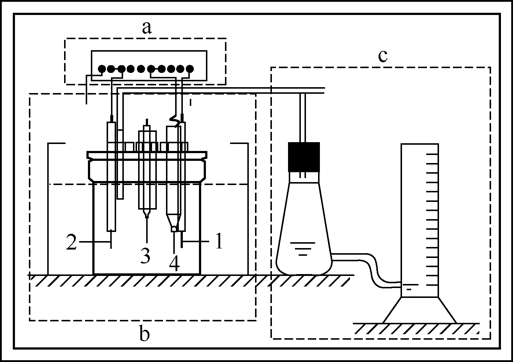
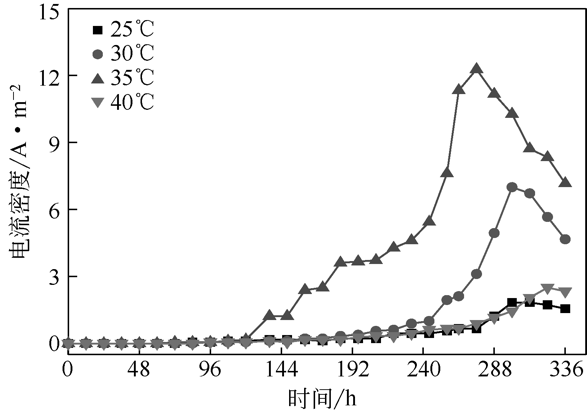
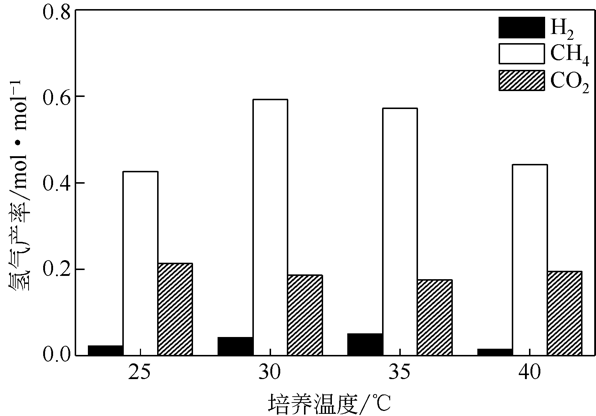
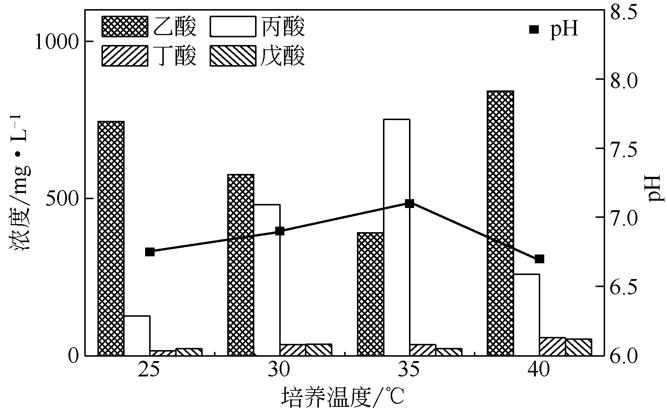

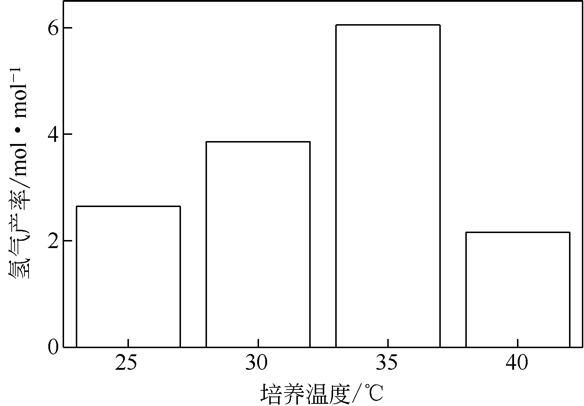
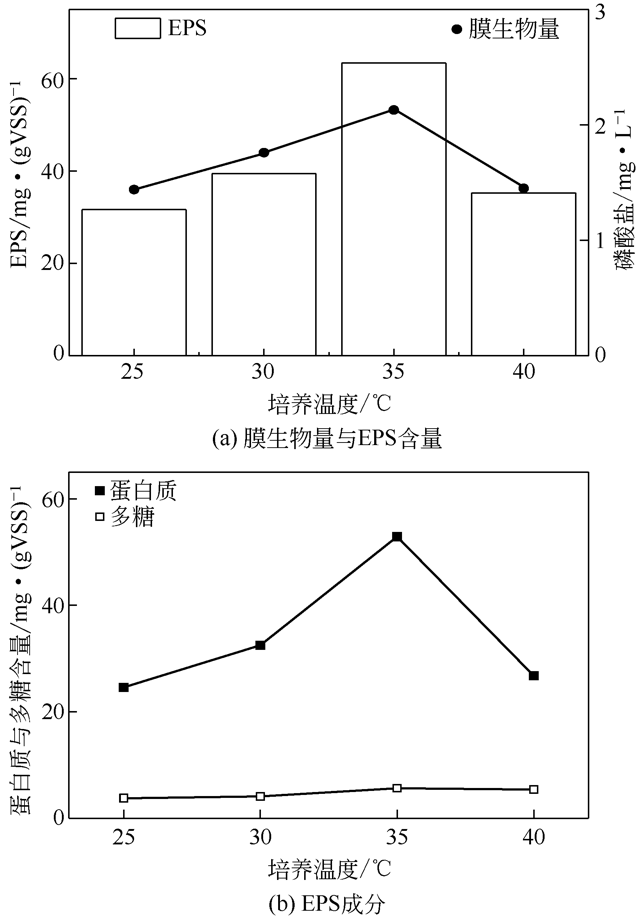
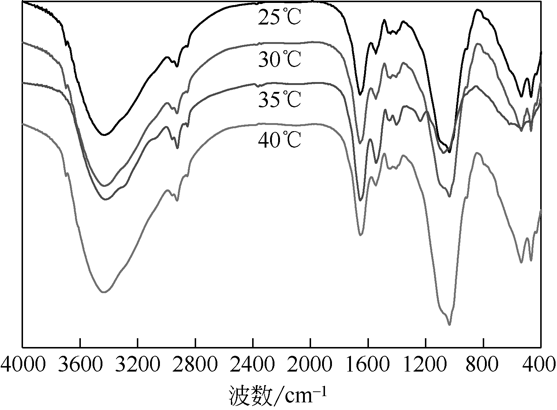
 O伸缩振动 (酰胺Ⅰ区)
O伸缩振动 (酰胺Ⅰ区) O核酸或磷酸化蛋白的磷酸二酯键伸缩振动
O核酸或磷酸化蛋白的磷酸二酯键伸缩振动